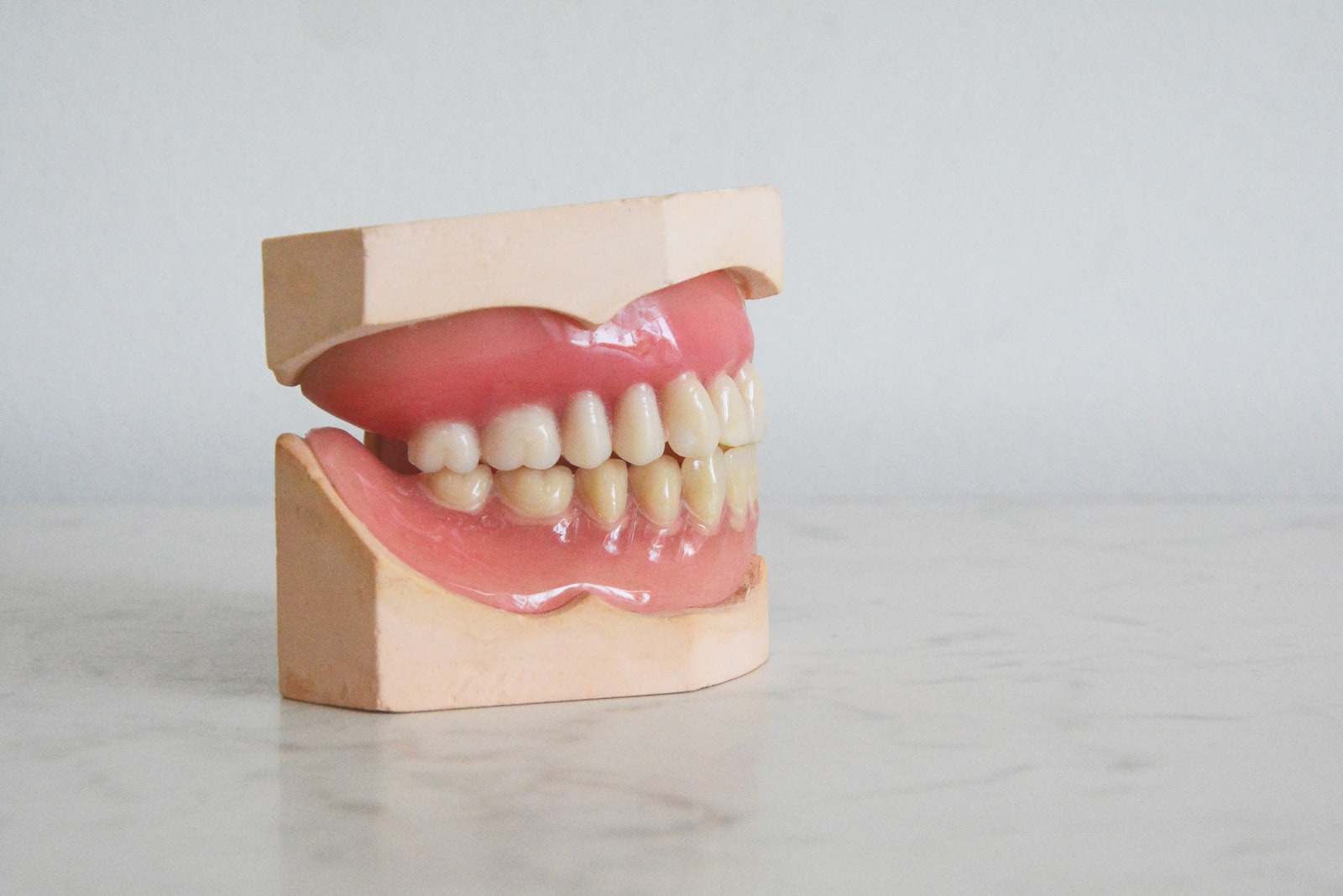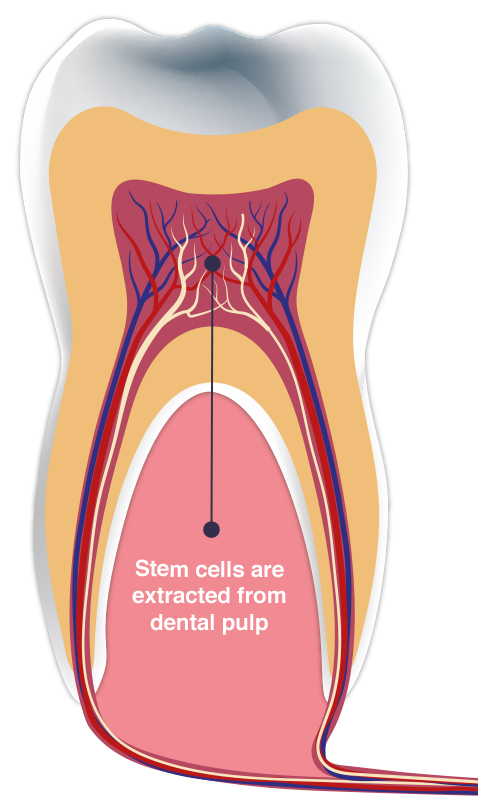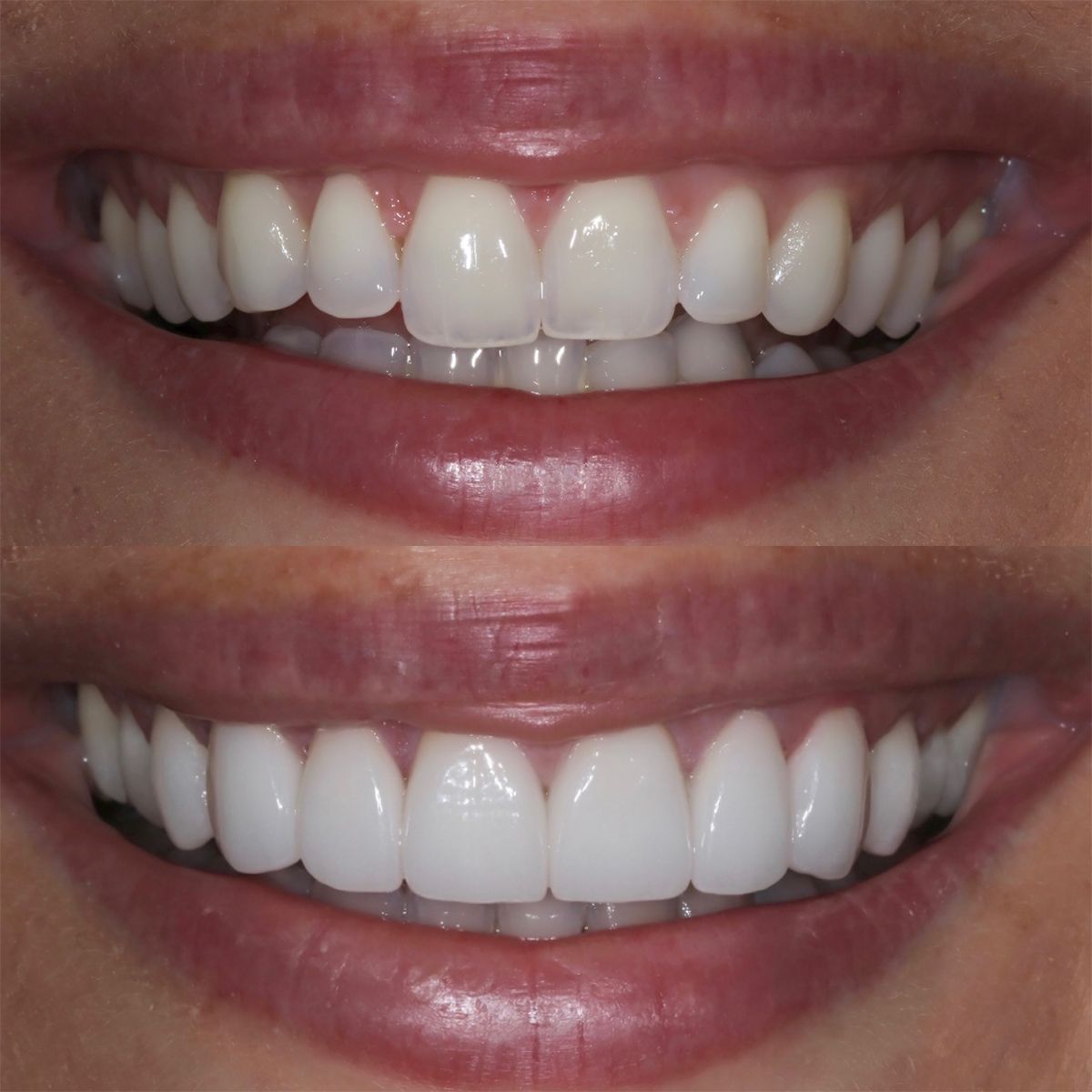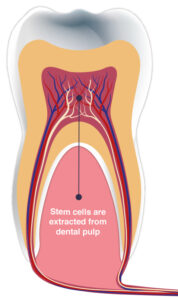Introduction
Chapters thirteen and fourteen have forbidden materials that area unit accustomed type the plate base and to line the fitting surface of the plate base. the opposite main parts of a plate area unit the factitious teeth themselves. The materials most generally used for producing artificial teeth area unit synthetic resin and ceramic ware.
Requirements
The most necessary demand for artificial teeth may be a smart look. they must, ideally, be indistinguishable from natural teeth in form, color and clearness. smart matching typically needs that the shade and clearness of the factitious tooth ought to vary from the tip of the crown to the animal tissue space.
There ought to be an honest attachment between the factitious teeth and therefore the plate base. The introduction of artificial teeth into the bottom shouldn’t adversely have an effect on the bottom material. That is, the factitious tooth and base materials ought to be compatible.
It is a plus for the factitious teeth to be of tenuity so as that they are doing not increase the burden of the plate unduly. the factitious teeth ought to be sturdy and hard so as to resist fracture. They ought to be arduous enough to resist abrasive forces within the mouth and through cleanup however, should permit grinding with a dental bur so changes to the occlusion will be created by the tooth doctor at the chairside.
Available materials
The two materials that area unit unremarkably used for the assembly of artificial teeth area unit acrylic resins and ceramic ware.
Acrylic resins
Acrylic resin artificial teeth area unit made in reusable metal molds victimization either the dough molding technique, delineated for plate base construction (Chapter 13), or by injection molding within which the acrylic powder is softened by heating and compelled into the mold besieged.
The resins used area unit extremely cross-linked so as to provide artificial teeth that area unit proof against crazing. the most distinction between the materials and people used for plate base construction is that the incorporation of tooth-colored pigments instead of pink ones.







